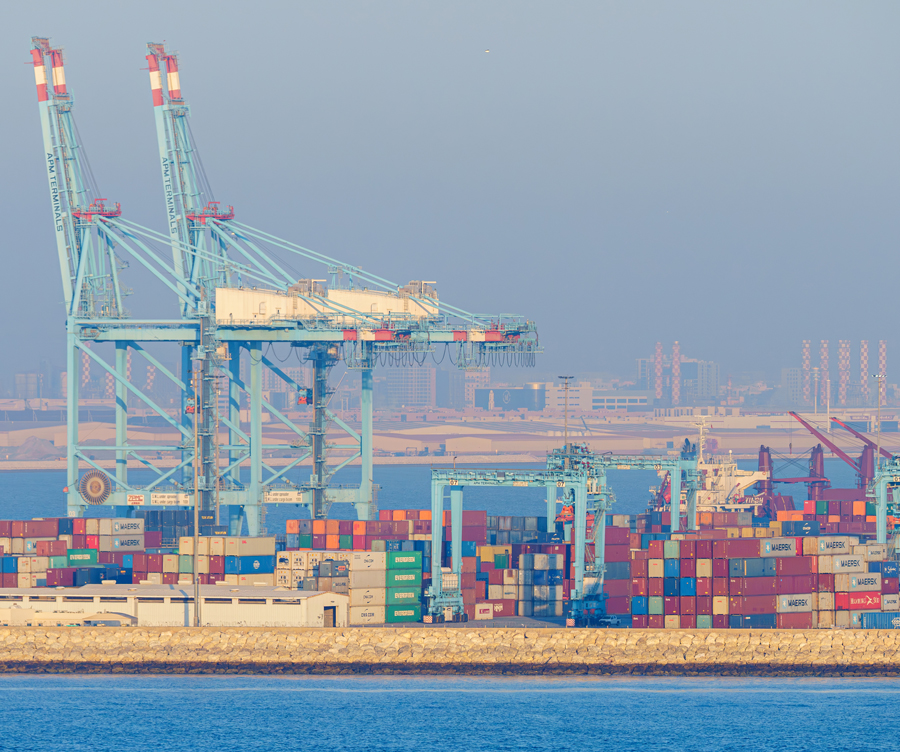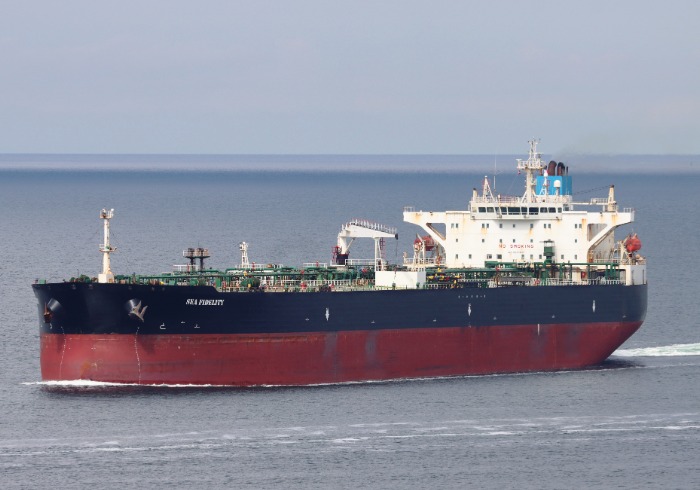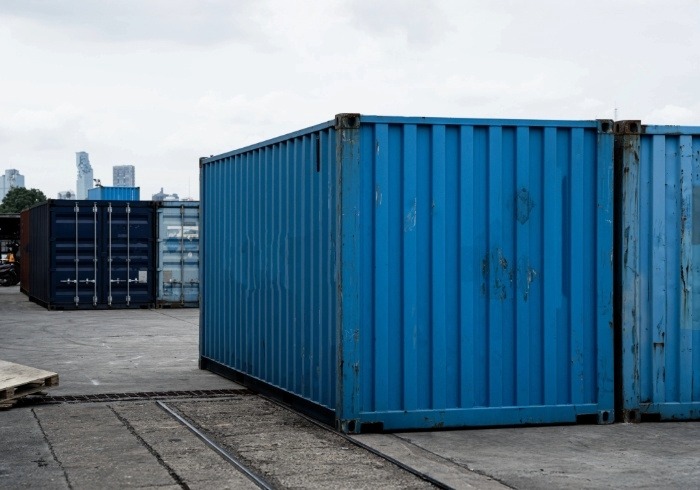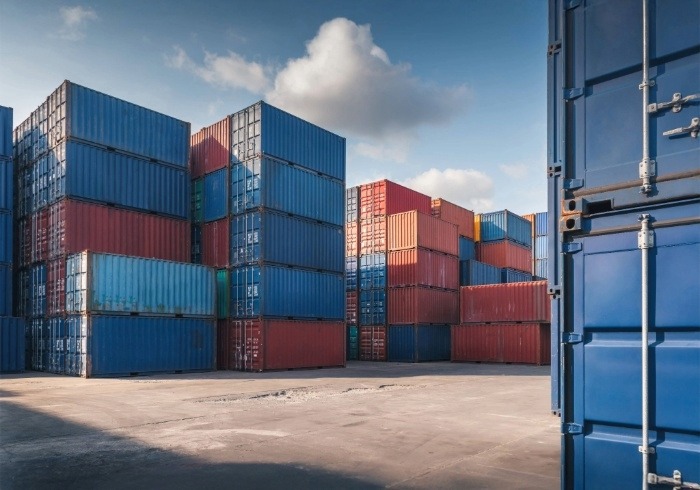Citi chief executive Jane Fraser says she is “feeling good” about the performance of the bank’s trade unit amid global trade and geopolitical uncertainty, partly because companies are building up inventories and cash buffers.
Revenue from Citi’s trade and treasury solutions (TTS) business was US$3.67bn in the second quarter, according to earnings released on July 15.
While that was a 7% jump on the same period in 2024, it a rise of only 1% compared to the first three months of this year.
On a call with analysts, Fraser said in a response to a question about the impact of “the changes we’re seeing around the world” on TTS that the unit is “firing on all cylinders, given the environment”.
Net interest income was 14% higher than the same period last year. Non-interest revenue for trade and treasury, which banks typically earn from fees and commissions, was up by 15% compared to the first quarter of 2025.
“On the fee front, I think we’re feeling pretty good about this one. If I look for example at the demand for trade loans, we onboarded almost 2,000 new suppliers this past quarter,” Fraser said. A Citi spokesperson says suppliers means businesses that receive payment via Citi for goods and services delivered to the bank’s customers.
Fraser said the bank grew new trade client mandates by 24% year-on-year, during the quarter, because “corporates have been building up inventory to limit unforeseen disruptions”.
Deposits by TTS customers reached US$726.4bn at the end of June, 11% higher than 2024. Fraser attributed growth in average deposits to clients “building up cash buffers and keeping more working capital on hand”.
In addition to trade finance, the TTS unit houses products such as working capital solutions, liquidity management and supply chain finance.
Global banks’ results for the first half of the year are likely to indicate whether the uncertainty generated by US President Donald Trump’s on-again-off-again tariffs will have an impact on trade finance revenues.
JP Morgan and Wells Fargo also released second quarter earnings this week, but did not describe the impact on trade. HSBC, Standard Chartered and other European banks are expected to report later this month.
US imports soar
US importers have ramped up buying since US President Donald Trump’s April announcement of sweeping tariffs on key trading partners.
Global merchandise trade posted healthy growth of 3.6% in the first three months of the year, according to the World Trade Organization, which attributed the rise to accelerated imports to North America “in anticipation of higher tariffs in the United States”.
Imports to the US surged by 13.4% during the period, while all regions except the Commonwealth of Independent States expanded exports.
The imposition of most of the tariffs have has been delayed as the US entered trade talks with governments including India and Japan, as well as the EU. Earlier this month the White House extended a 90-day pause on the “Liberation Day” tariffs until August 1.
“The better-than-expected performance in the global economy in the first half of the year is largely a function of people taking advantage of that 90-day pause,”. Standard Chartered’s global head of research and chief strategist Eric Robertsen said in a call with reporters on July 15.
But as the pause ticks down “the tariff uncertainty has obviously come back front and centre”, he said.
While Chinese exports to the US plunged in April and May, China’s overall exports stayed largely flat, which Robertson said pointed to an increase in goods shipped to other markets.
“Now our view is that that export momentum will taper off in the second half of the year, partially because [emerging market demand] collectively is just not big enough, or does not have enough domestic demand to absorb all of that excess capacity from China.,” he said.
The UN Trade and Development organisation said on July 14 that while global trade expanded by stronger than expected margins in the first half of the year, the risk of the US imposing threatened tariffs and resulting trade conflicts “pose significant downside risks”.








